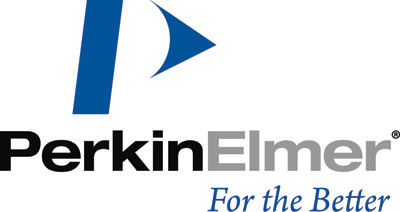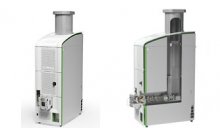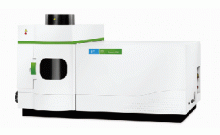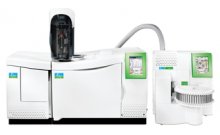DSA离子源性能和应用poster
Performance of an Enclosed Atmospheric Pressure Direct Sample Analysis (DSA) Source
Introduction:
A novel enclosed Direct Sample Analysis (DSA) ion source was developed for the direct analysis of solid, liquid and gas samples using Atmospheric Pressure Chemical Ionization and Electrospray charged droplet charge transfer. The enclosed ion source allows programmed control of the reagent ion population, carrier gas species, enthalpy transfer and voltages in ionization and sampling region. Gas entering the ion source during operation can be vented to an exhaust system to avoid exposing the user to vaporized sample. Voltages are applied to the sampling inlet electrodes without exposure to the user during operation. Improved ionization and sampling efficiencies result from a combination of optimized heated gas flow and electric fields in the source and ion transport regions.
Method:
-The enclosed DSA ion source was mounted to a PerkinElmer Axion TM 2 TOF mass spectrometer (MS).
The integral multiple inlet reagent ion generator position was adjustable relative to the sampling and MS entrance.
-Reagent ion gas composition, flow rate and temperature, countercurrent heated gas flow rate and temperature, and purge gas flow rate were adjustable through software controls.
-Solid and liquid samples were introduced into the ion source individually or in batches. They were mounted on a four axis translator with sample position controlled through software.
-For all samples, nitrogen was used as the carrier gas. For samples with low proton affinity, different reagent ions were added as gas or nebulized and vaporized liquid to improve sample ionization efficiency.
-The reagent ion generator was operated in APCI mode as well for direct ionization of liquid and gas samples calibration solution.
-The sample target position was controlled using a four axis translator stage with three linear axis and one rotating axis. Different sample types were mounted on round or square sample holders .
-The reagent ion generator was mounted on a three axis translator to allow optimization of the exit position. Sample was heated through the heated gas delivered from the reagent ion generator . Gas temperature and flow rate was adjusted maximize signal.
Conclusion
-The DSA ion source with automated sample positioning allows multiple samples to be loaded and run in a sealed enclosure.
-Ions have been generated from solid, liquid and gas samples in both positive and negative ion polarity. Powder samples were run in small amounts loaded onto a melting point tube.
-The reagent ion generator is configured with multiple gas and a liquid inlet. The liquid is nebulized and vaporized allowing tight control of reagent ion concentration, such as water.
-The reagent ion generator configured with an internal corona discharge needle near the exit end can also be operated as an APCI inlet probe to directly ionize gas and nebulized and vaporized liquid samples. Calibration solution for accurate mass TOF MS was introduced
as a liquid into the ion generator.
-Voltages applied to the mass spectrometer capillary entrance electrodes improve ion sampling efficiency compared to ions sampled using gas flow alone.
-The sealed enclosure prevents the user from being exposed to the samples being run. The source enclosure is purged with nitrogen gas and vented to a laboratory exhaust system.
-In all studies reported here, nitrogen was used as the carrier gas yielding high ionization efficiency for most of the samples run. For samples with low proton affinities, adding a reagent species such as ammonia improved ionization efficiency.




